Most household farms plant fruit trees for a year-round supply of nutritious crops to market or consume. But there are other types of trees, aside from fruit trees, that are edible and profitable at the same time, such as nut trees. In this article, we’ll help you identify 17 of the most common nut trees, so you can select the best option for your farm.
The most common nut tree types include pecan, hazelnut, almond, chestnut, cashew, pistachio, hickory, macadamia, pine nut, black walnut, English walnut, Brazil nut, butternut, oak nut (acorn), Pili nut, beech, and Ginkgo nut tree. Each of them has unique characteristics and features that can help you identify them among others.
Aside from being delicious additions to your meal, the nuts of these trees offer great health benefits and can be a rich source of many vitamins and minerals. Let’s dive into more details about the characteristics, growing conditions, and benefits of these nut trees.

Table of Contents
- 17 Most Common Types of Nut Trees
- 1. Pecans are fast-growing nut trees
- 2. Hazelnuts are prolific nut producers
- 3. Almonds are versatile nut trees
- 4. Chestnut trees are long-lived trees
- 5. Cashews produce both nuts and fruits
- 6. Pistachios are popular nut trees
- 7. Hickories are majestic growers
- 8. Macadamia nut trees are profitable nut trees
- 9. Pine nut trees are produced from specific pine trees
- 10. Black walnut trees produce edible and nutritious nuts
- 11. Brazil nut trees produce nuts that have high selenium content
- 12. Butternut trees are cold-tolerant nut trees
- 13. English walnuts are well-known nut-bearing trees
- 14. Oak trees produce acorns
- 15. Pili nut trees produce highly favored nuts
- 16. Beech trees produce edible nuts
- 17. Ginkgo biloba is a resilient type of nut tree
17 Most Common Types of Nut Trees
17 Most Common Nut Tree Types Pecan tree Macadamia nut tree Pili nut tree Hazelnut tree Pine nut tree Beech tree Almond tree Black walnut tree Gingko tree Chestnut tree English walnut tree Oak tree (Acorn) Cashew nut tree Brazil nut tree Hickory nut tree Pistachio nut tree Butternut tree
1. Pecans are fast-growing nut trees
Pecans are native to the United States and thrive in a variety of soil types, including wet soil. They require plenty of water and a significant amount of space to grow.
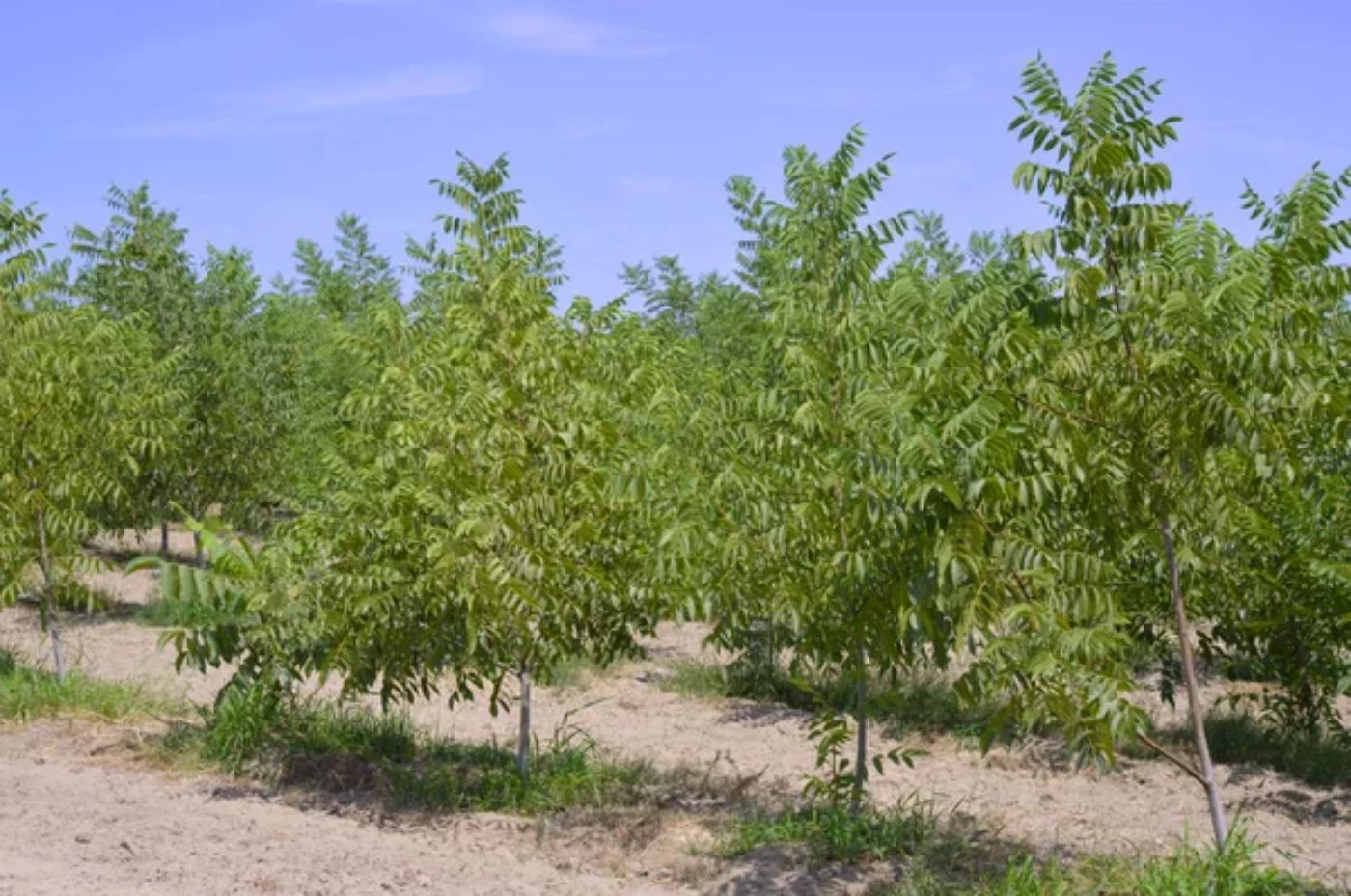
These nut trees are fast growers, gaining at least 2 – 4 feet in height per year from when they are young. Pecan nuts are rich in vitamins and healthy fats, which make them a valuable addition to your garden.
2. Hazelnuts are prolific nut producers
Hazelnuts are also known as filberts, and they are grown in many parts of the world, including Europe, Asia, and North America. They are used in a variety of culinary applications, including baking, confectionery, and as a snack.

Hazelnut trees are resilient and can grow in different soil conditions. Their nuts are also a good source of protein, fiber, and healthy fats. They are prone to Eastern Filbert Blight, but resistant varieties do exist.
3. Almonds are versatile nut trees
Almond trees are one of the first trees to blossom in the spring, producing beautiful pink and white flowers. Most almond varieties are self-pollinating, which means they do not require cross-pollination with another tree to produce nuts. These trees are well-adapted to dry climates and can tolerate drought conditions, which makes them easy to manage.
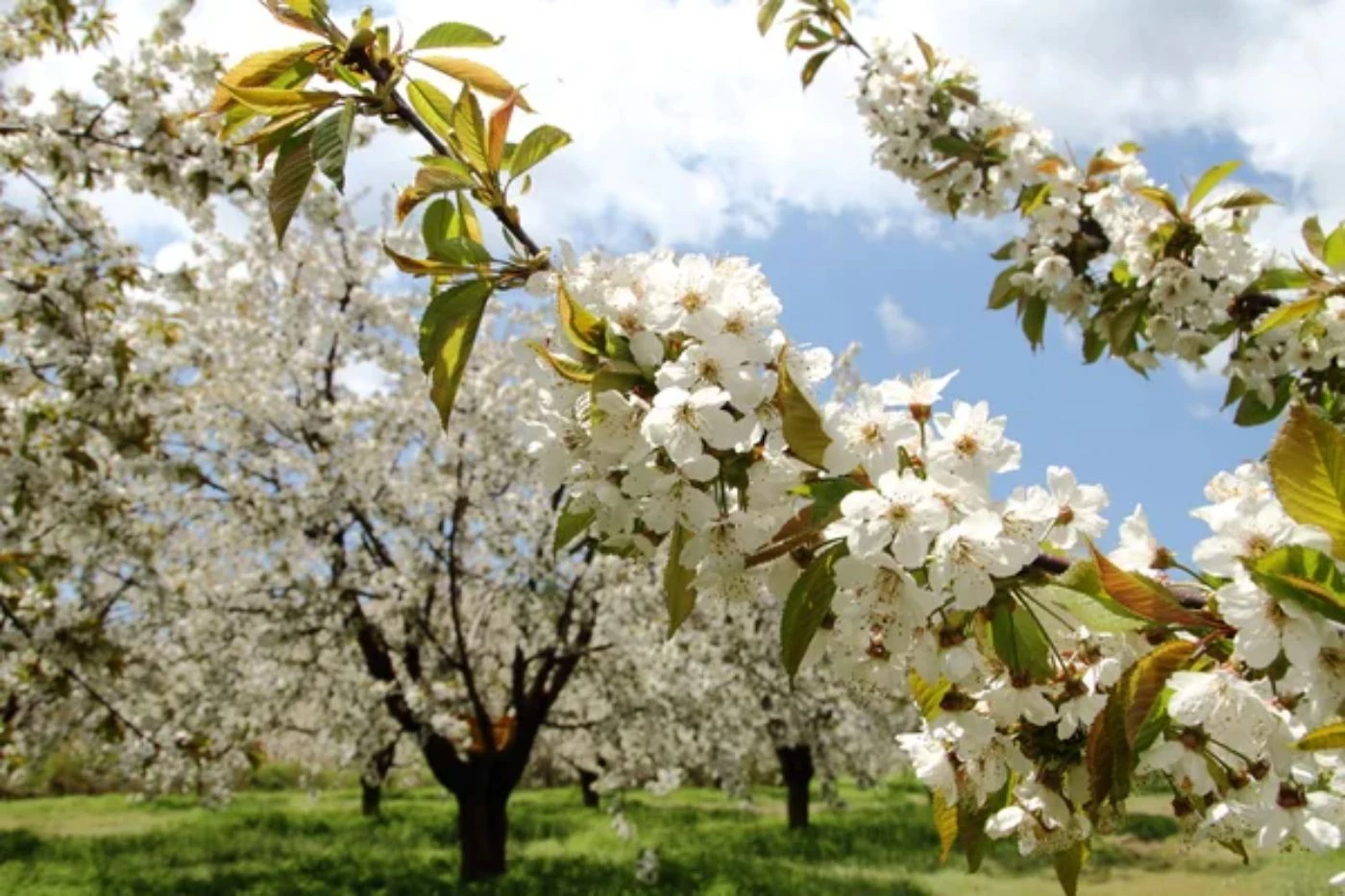
The nuts of these trees are used in a variety of culinary applications, but their trademark is that they can be processed into products such as almond milk and almond butter. These nuts are also known for their nutritional content, containing vitamin E and healthy fats.
4. Chestnut trees are long-lived trees
Chestnut trees can live for several hundred years, with some specimens reaching over 1,000 years old. They can grow up to 100 feet tall and have a broad, spreading canopy. Their wood is a good source of lumber, which is also high in tannin and has been used for centuries in the tanning of leather.

They produce edible nuts, which are a popular food crop used in a variety of culinary applications, including roasting, baking, and as a flour substitute.
If you have a bee apiary, you may want to consider planting chestnut trees to produce amber-colored honey which has natural antimicrobial properties, and a low glycemic index, which makes it good for diabetes patients.
5. Cashews produce both nuts and fruits
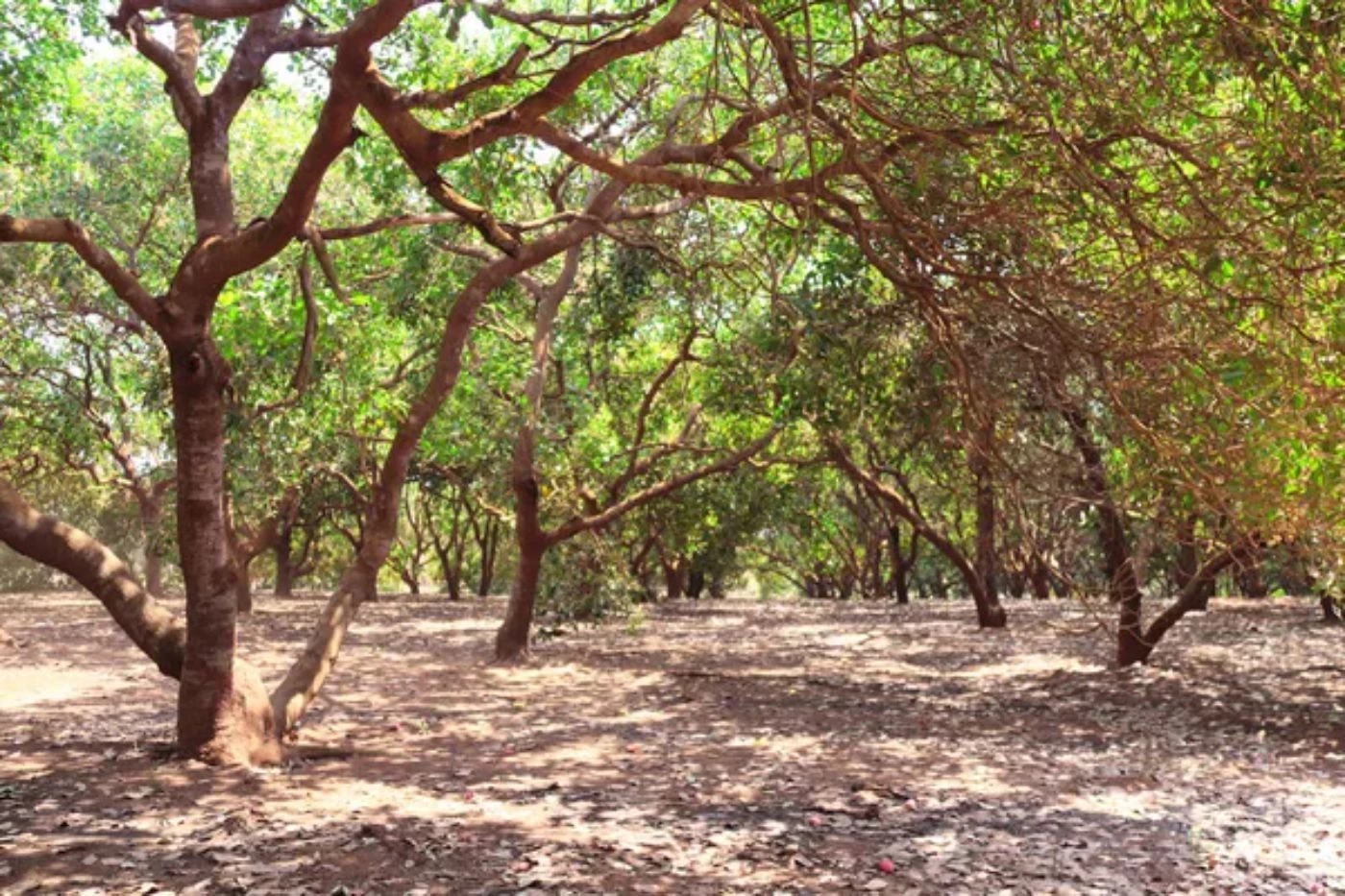
Cashews are tropical nut trees that grow well in warm climates. They produce both a nut and a fruit, with the nut being the more commonly consumed of the two. The cashew nut is surrounded by a shell that contains a toxic substance called urushiol, which can cause skin irritation and other allergic reactions, so you may need to roast or steam them before consuming them.
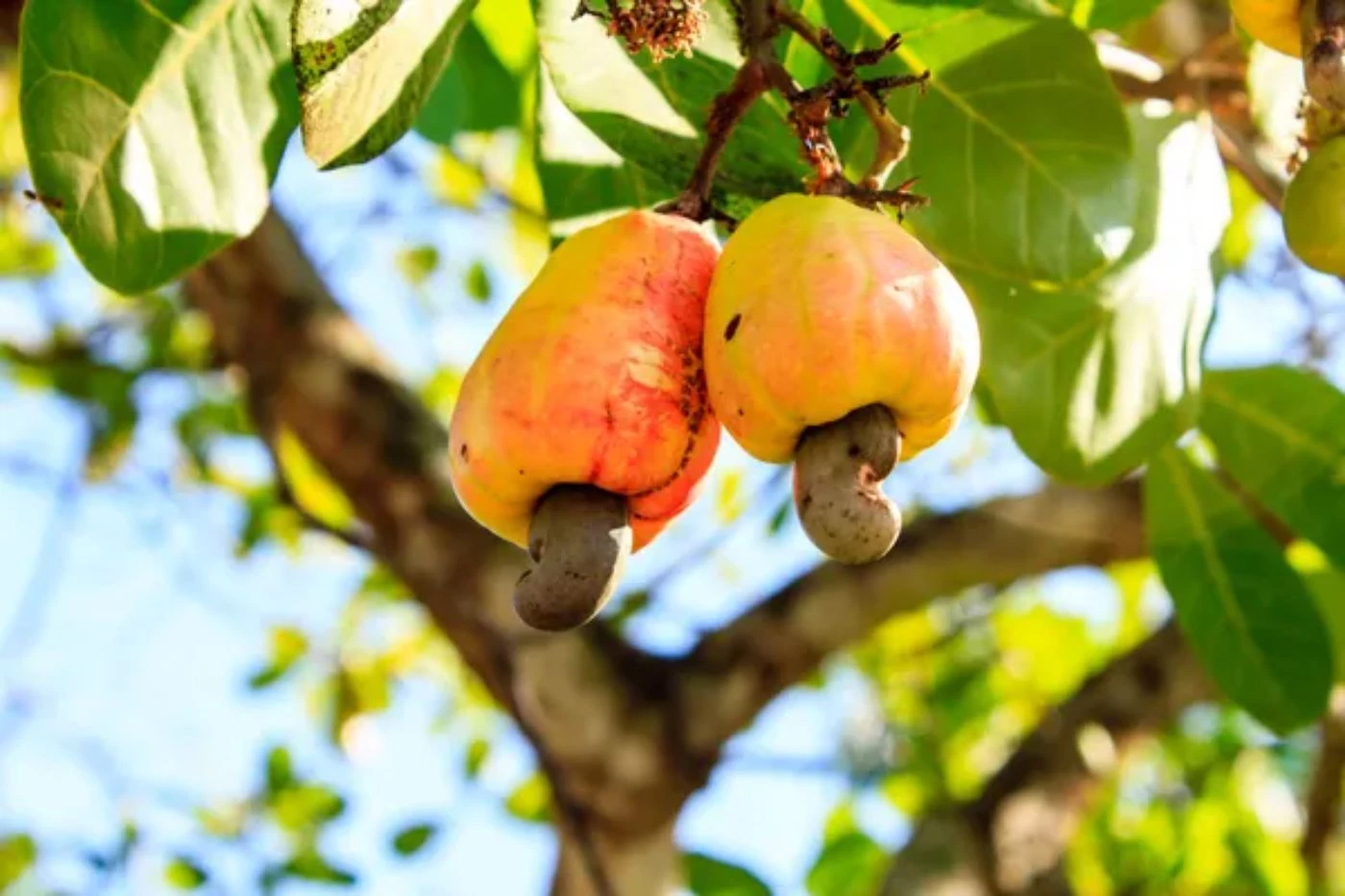
Cashew nuts have various culinary applications and can also be processed into cashew butter, cashew milk, and other products. The nuts of these trees are believed to have several health benefits, including improving heart health, reducing inflammation, and promoting healthy bones.
6. Pistachios are popular nut trees
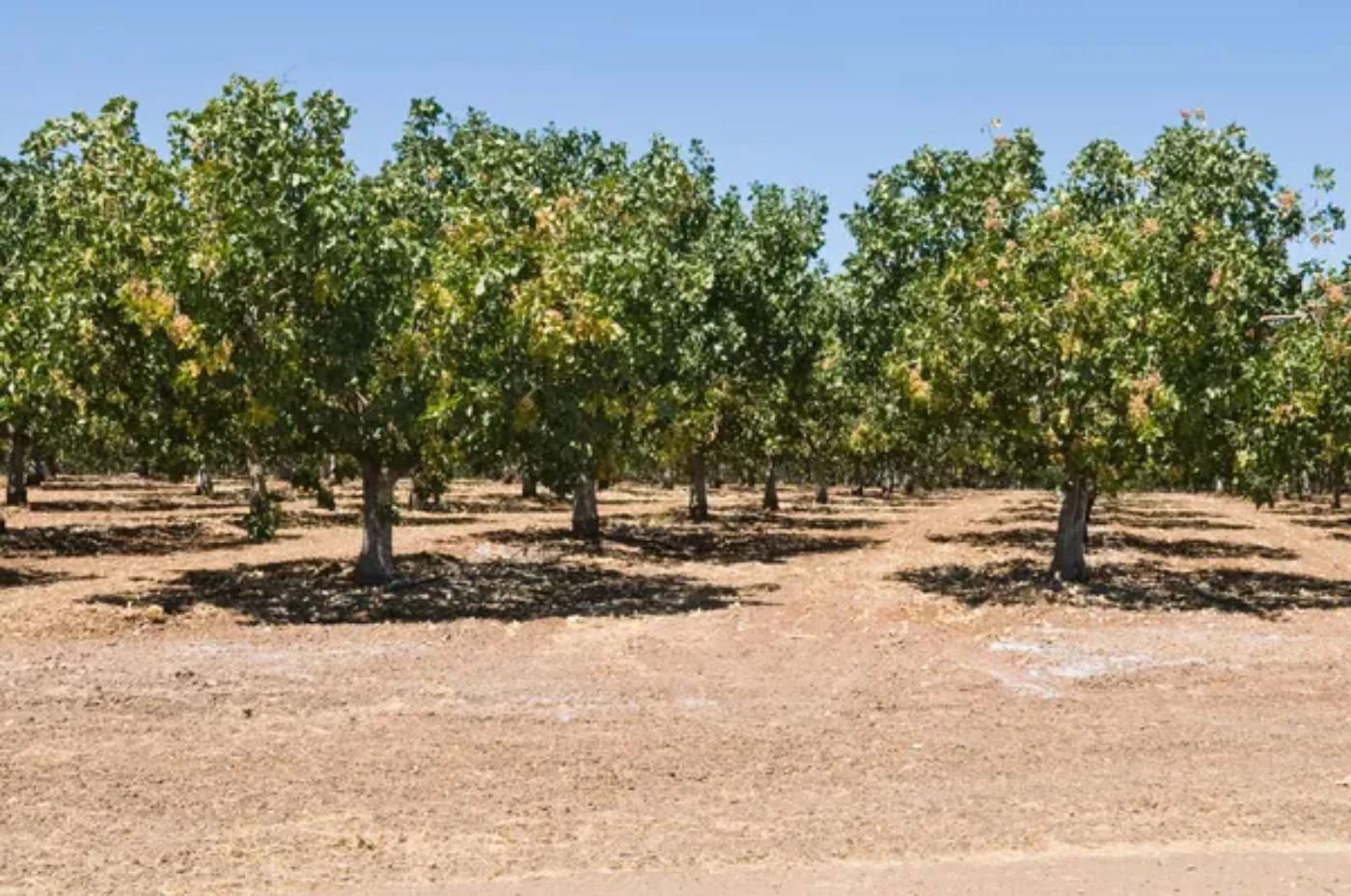
Pistachios are known for their unique green-colored nuts, which are a rich source of protein, fiber, healthy fats, and many vitamins and minerals, making them a popular health food.
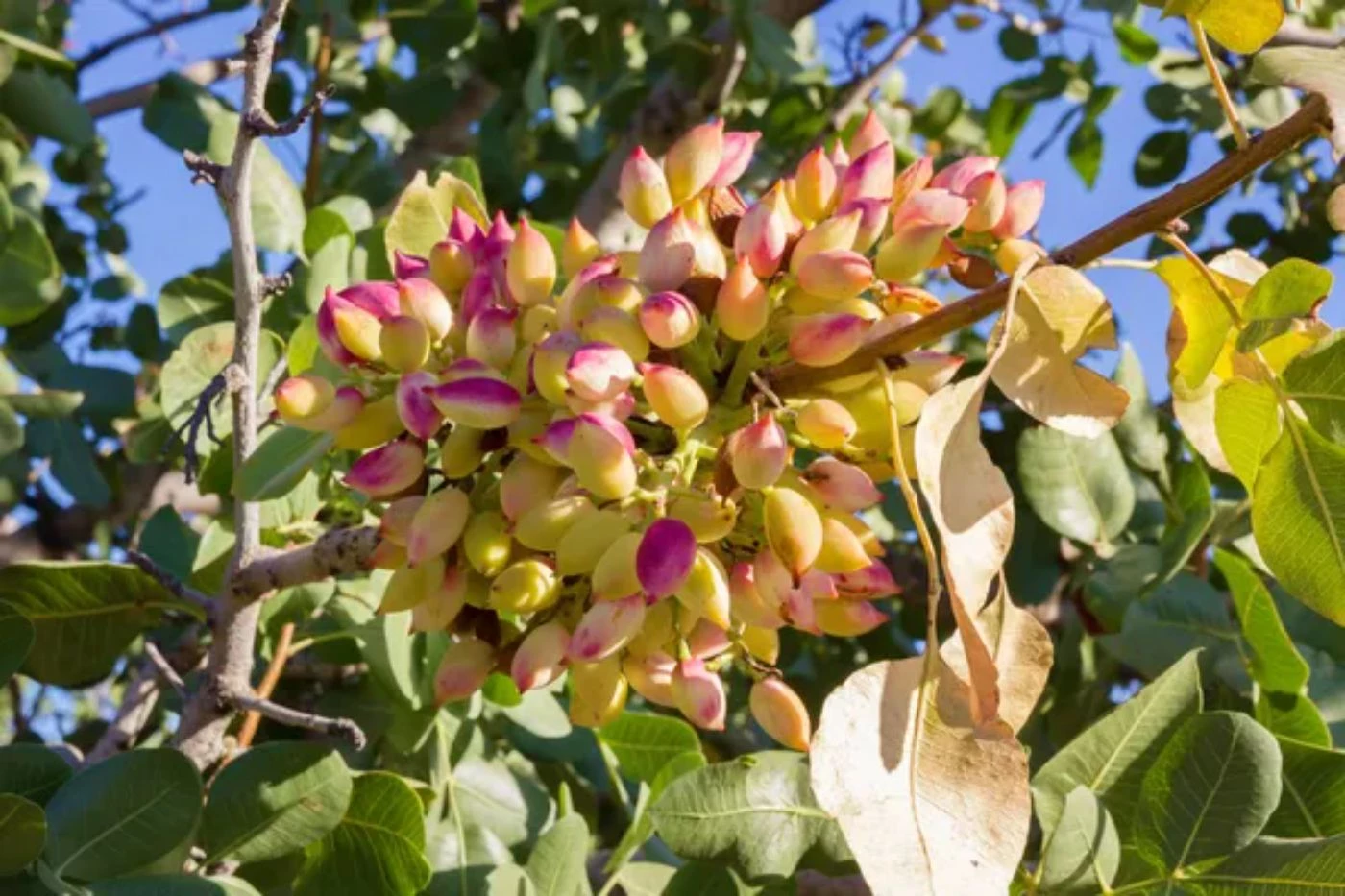
Pistachio trees are dioecious, which means that there are separate male and female trees, and both are required for pollination and nut production. They are well-adapted to dry climates and can live for several decades, with some species reaching over 100 years old.
7. Hickories are majestic growers

Hickory trees take about 10 – 15 years before they can bear nuts, but they can live for centuries. The nuts they produce are small and sweet, with extremely sturdy shells. These majestic trees grow up to 60 feet tall and require ample space to develop.
They have beautiful fall foliage and are considered an important part of many forest ecosystems because they provide food and habitat for a variety of wildlife species, including squirrels and birds.
8. Macadamia nut trees are profitable nut trees
Macadamia trees produce nuts that can fetch premium prices in the market. These nuts have a very hard shell that requires a special tool to crack open. Macadamia nuts are high in healthy fats, with a high percentage of monounsaturated fatty acids.
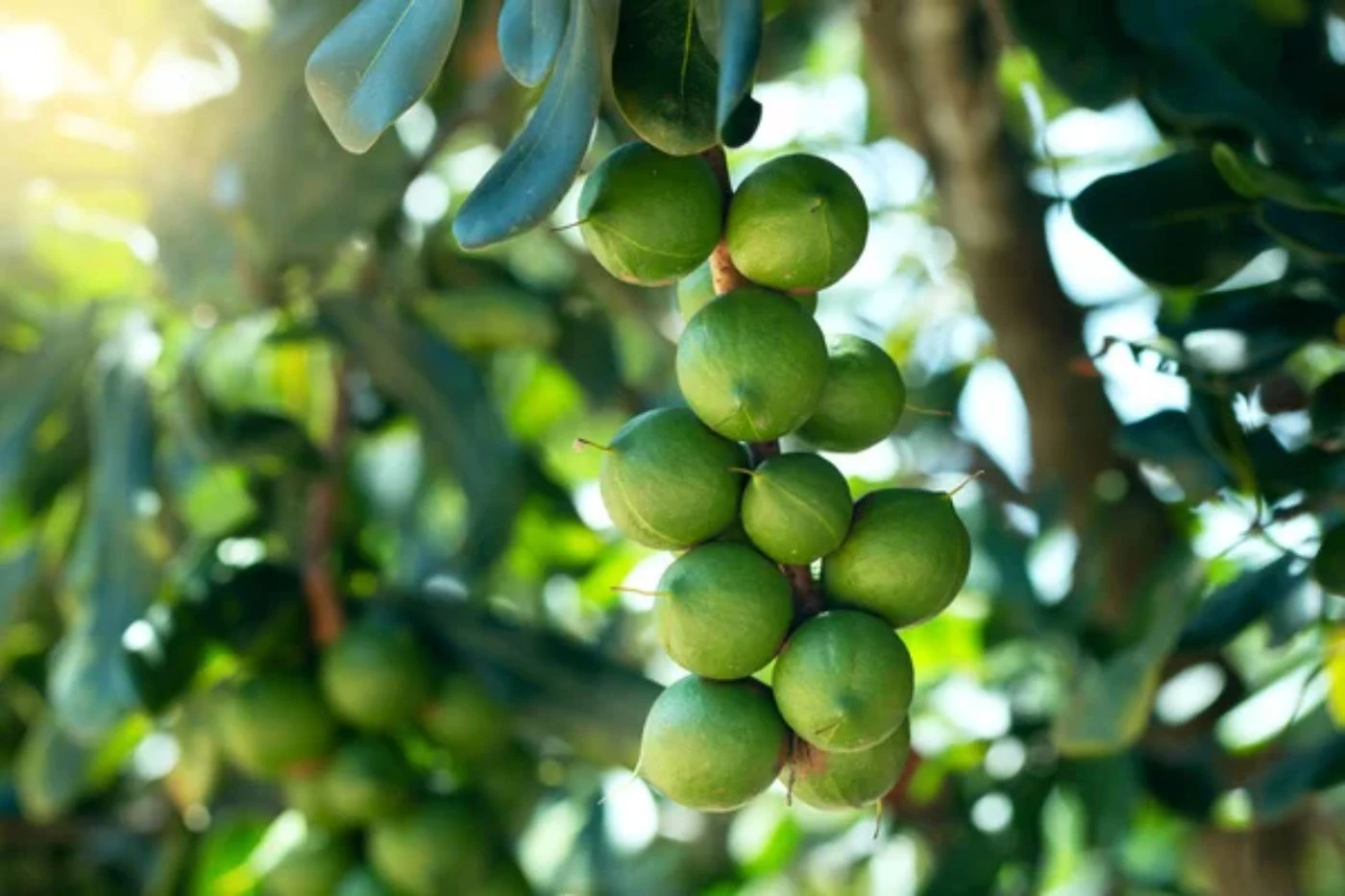
However, the trees are slow-growing and can take several years to produce nuts. Either way, if you want to add ornaments to your orchard or farm, you can plant macadamia trees for their attractive foliage in addition to their nuts.
9. Pine nut trees are produced from specific pine trees
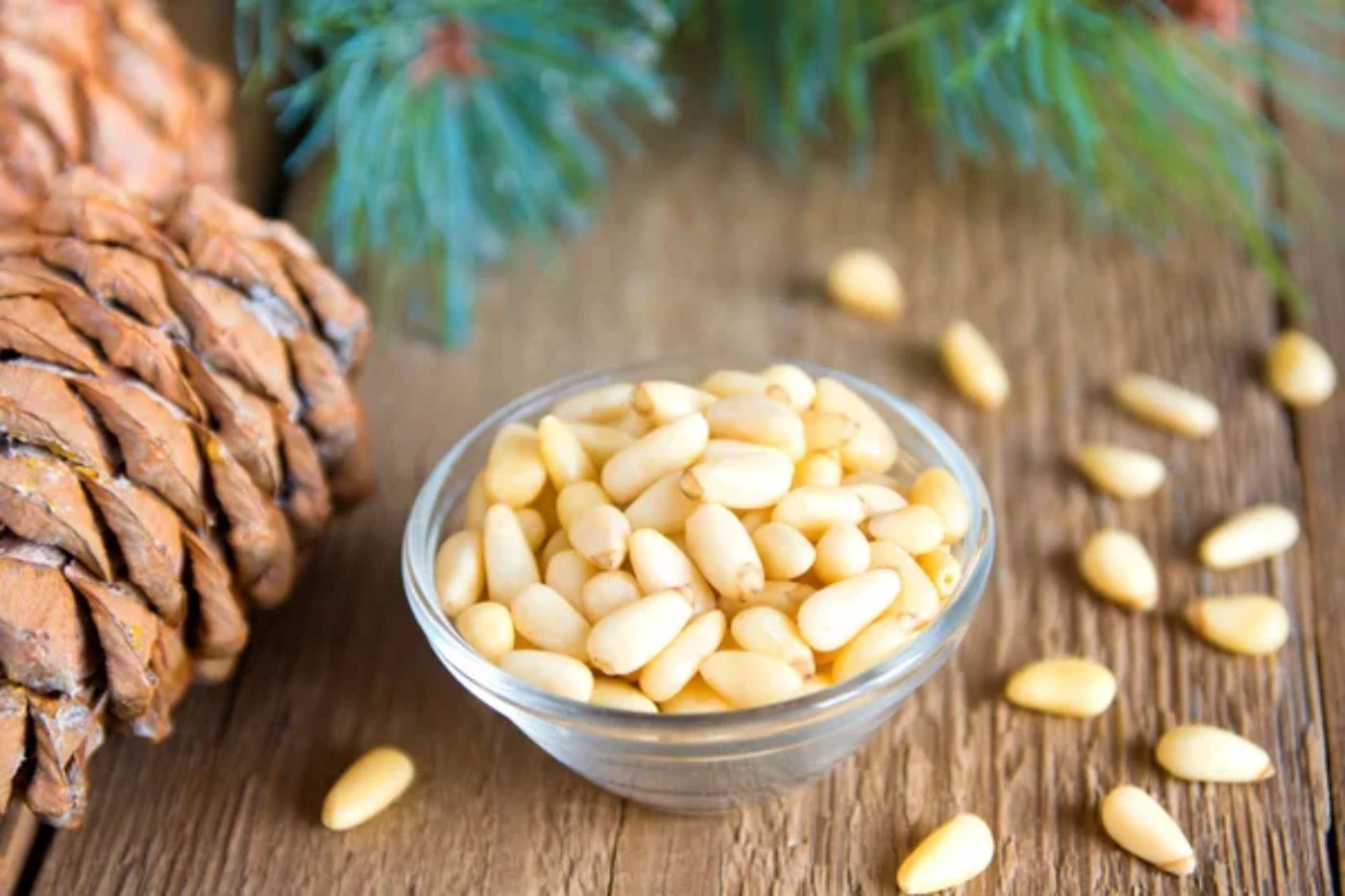
Pine nut trees have long, thin needles that grow in clusters of two to five. These trees produce large, woody cones that can be up to 10 inches long.
The bark of a pine nut tree is usually gray or brown and has a scaly texture. As the tree ages, the bark may become rough and deeply furrowed. Pine nut trees can grow quite large, with some species reaching heights of 100 feet or more. However, there are also smaller varieties that are well-suited to home gardens.
10. Black walnut trees produce edible and nutritious nuts
Black walnut trees are native to the United States and are often grown for their high-quality wood used in making furniture. These trees produce a strong-tasting nut, providing a unique flavor compared to other walnut varieties.
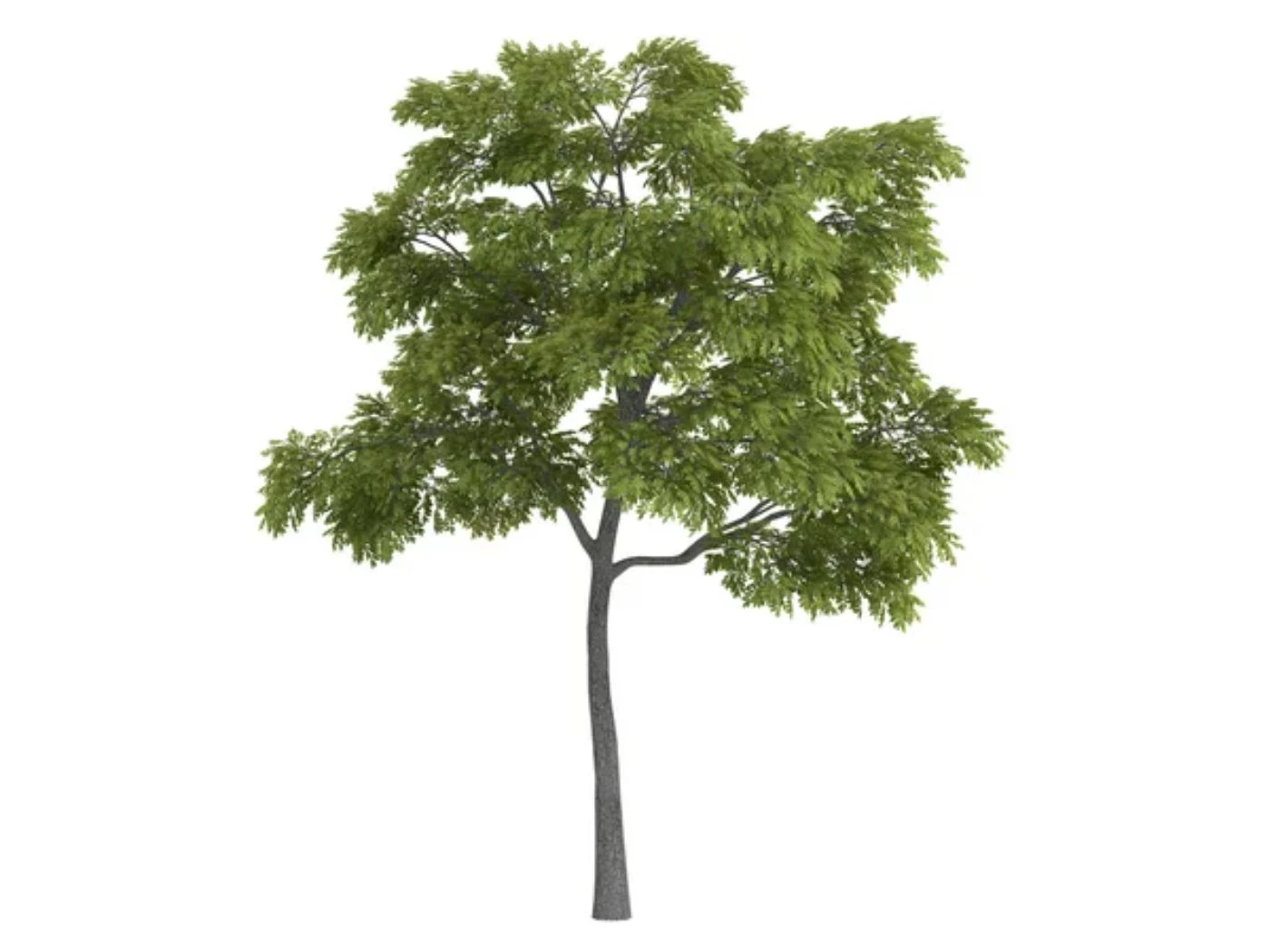
It takes 7 years before they can produce their first nut crop, but full maturation is expected only until 25 years of age. If you opt to plant these nut-bearing trees, perhaps consider planting them solely, as they can inhibit the growth of other plants if grown together.
11. Brazil nut trees produce nuts that have high selenium content
Brazil nut trees are native to South America and produce large, edible nuts rich in selenium. They can grow up to 50 meters (165 feet) tall and have a broad, spreading canopy that can reach up to 30 meters (100 feet) in diameter, providing shade for other plants and animals.
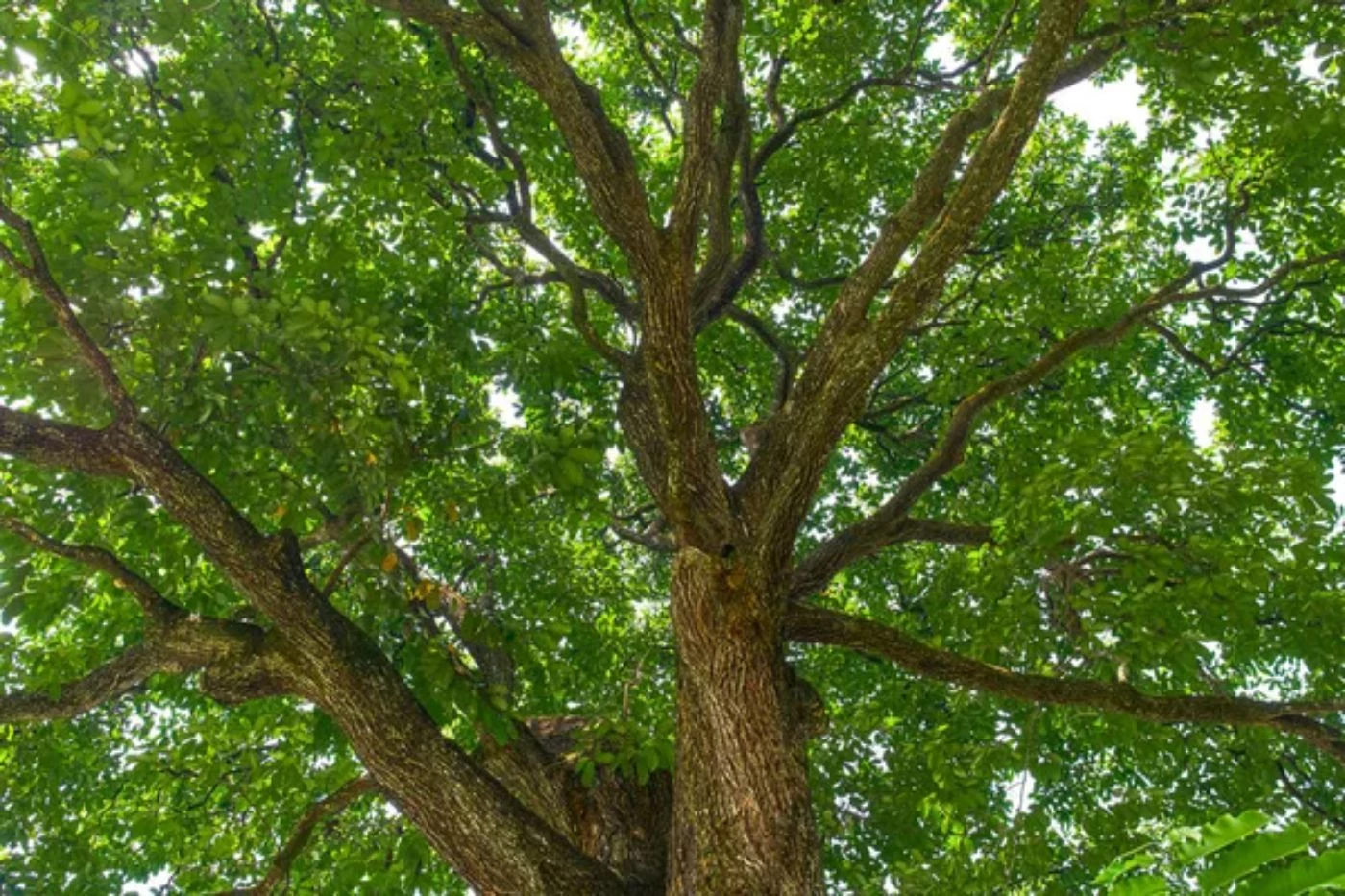
The fruit of the Brazil nut tree is a large, woody capsule weighing about 4- 5 pounds that store 10 to 25 individual Brazil nuts, which are a valuable food source for humans and animals.
These nuts are highly nutritious and are a good source of protein, healthy fats, and several important minerals, including selenium, magnesium, and zinc. They are also rich in antioxidants, which can help protect the body against damage from free radicals.
Their rich, creamy flavor and crunchy texture make them good as a topping for salads, oatmeal, and yogurt, or as an ingredient in desserts like cookies and cakes.
12. Butternut trees are cold-tolerant nut trees
Butternut trees, also known as white walnut trees, are cold-hardy nut trees native to North America. They can grow quite large, so you may want to consider giving them ample space in your garden when planting.

These trees are unique and attractive and are easily identified by their distinctive bark, compound leaves, and oblong nuts. While the species is currently facing threats from a fungal disease called butternut canker, efforts are underway to conserve and protect these trees for future generations.
13. English walnuts are well-known nut-bearing trees

English walnut trees are easy to identify by their long, narrow leaves, smooth gray bark, and large, oval-shaped nuts with a hard outer shells. The nuts are highly valued for their nutritional content and delicious flavor and are used in a variety of culinary applications, including baking, cooking, and snacking.
14. Oak trees produce acorns

Although more valued for lumber production, oak trees also produce nuts, and these nuts are called acorns. Acorns are a staple food source for various wildlife species. While not typically consumed by humans, they can be transformed into nutritious flour and meal options.
15. Pili nut trees produce highly favored nuts
Pili nut trees can grow up to 20 meters tall and produce large, ovoid drupe fruits that are about 4-7 cm long. The fruit has a hard, woody shell that encloses the edible kernel or nut.
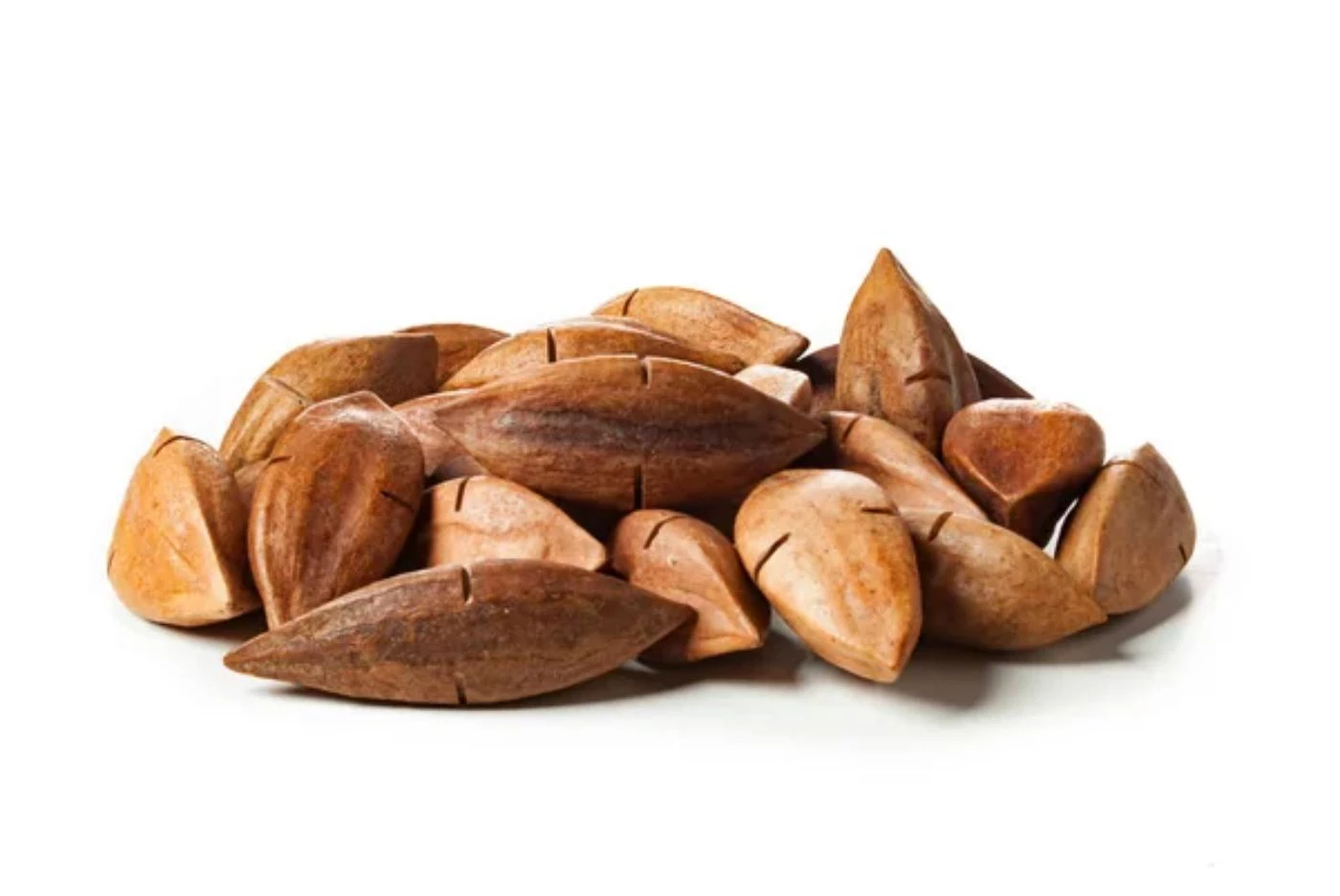
The pili nut itself is elongated, pointed at one end, and has brown, papery skin. The nut is rich in oil and has a sweet, buttery flavor.
16. Beech trees produce edible nuts
Beech trees are slow-growing and can live for several hundred years. They typically have a tall, straight trunk with a rounded crown of branches at the top.
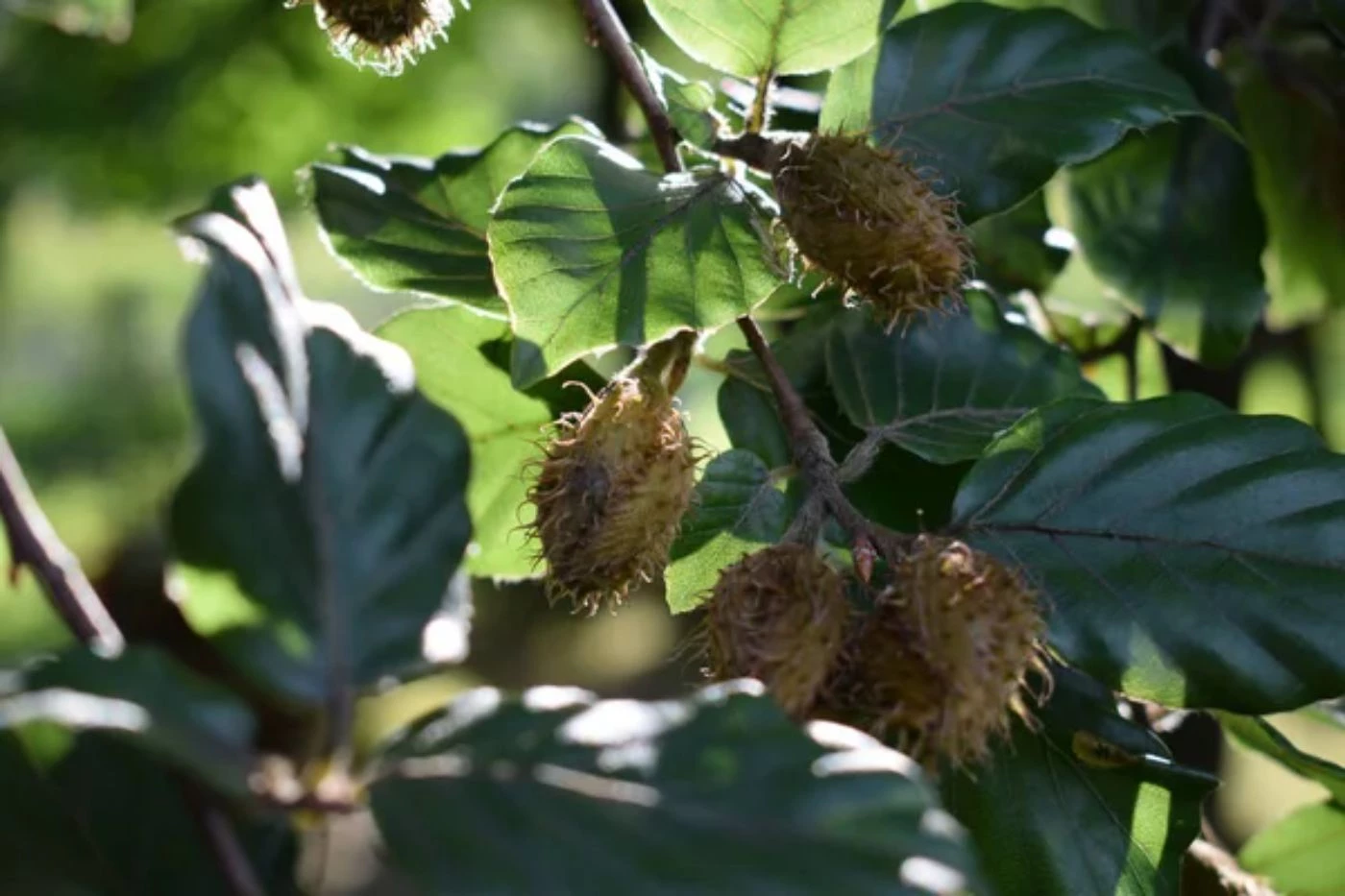
The bark of a beech tree is smooth and gray, with a unique texture that resembles elephant skin. Their flowers are small and inconspicuous and are usually not noticeable.
They produce a prickly burr fruit that contains two or three triangular nuts. The nuts are about 1 inch long and have a hard, woody shell.
17. Ginkgo biloba is a resilient type of nut tree
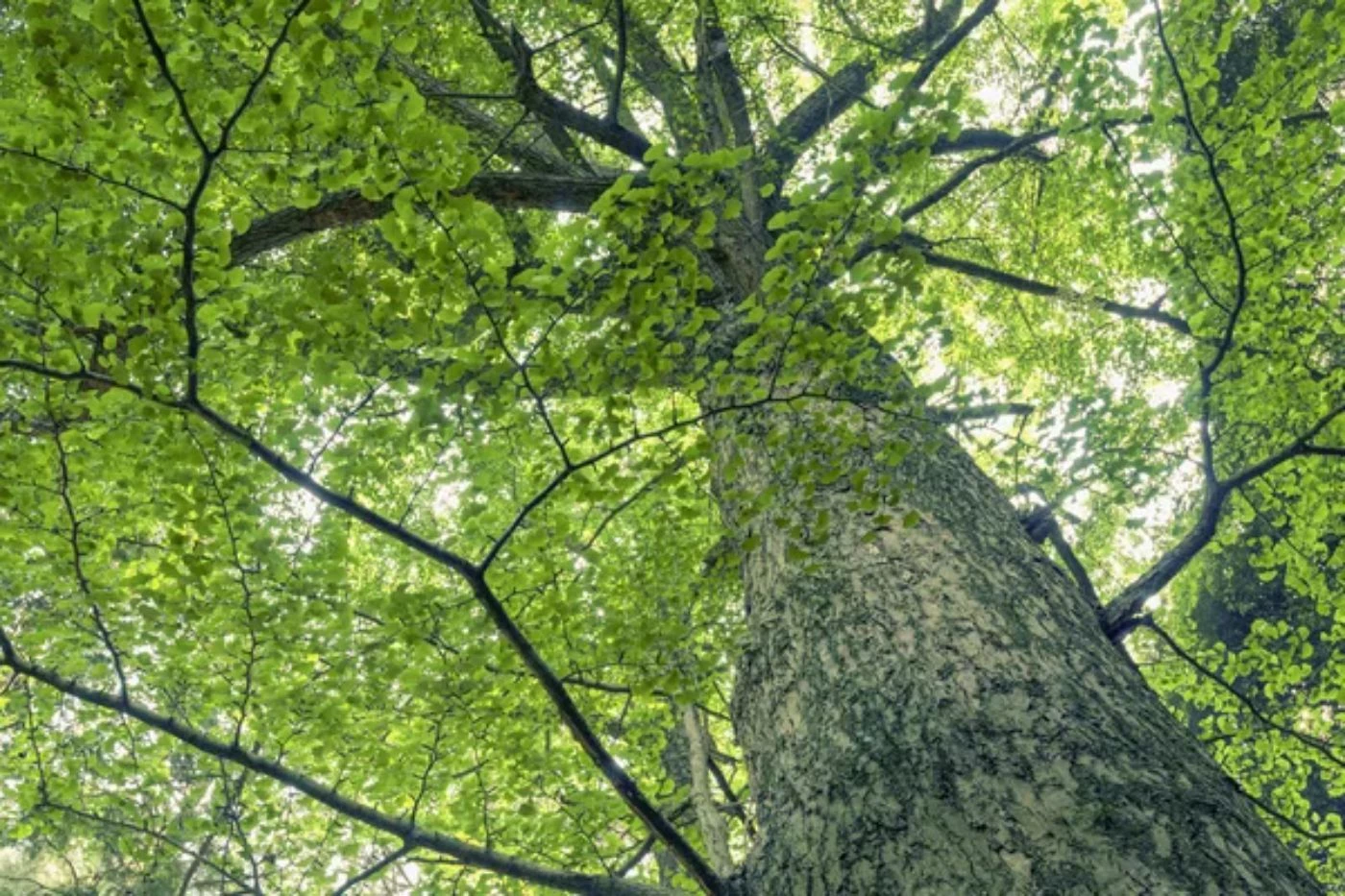
Ginkgo nut trees are known for their resilience and ability to withstand harsh environmental conditions, including pollution and drought. They are often planted in urban areas as hardy and attractive ornamental trees.
These trees can grow up to 30 meters (100 feet) tall and 9 meters (30 feet) wide, and produce small, yellowish-brown nuts that are enclosed in fleshy, plum-like fruit. The fruit has a strong, unpleasant odor that is often compared to the smell of rancid butter or vomit.

Ginkgo nuts are highly valued in traditional Chinese medicine for their medicinal properties. They are believed to cure cough, fever, diarrhea, and even gonorrhea.











































